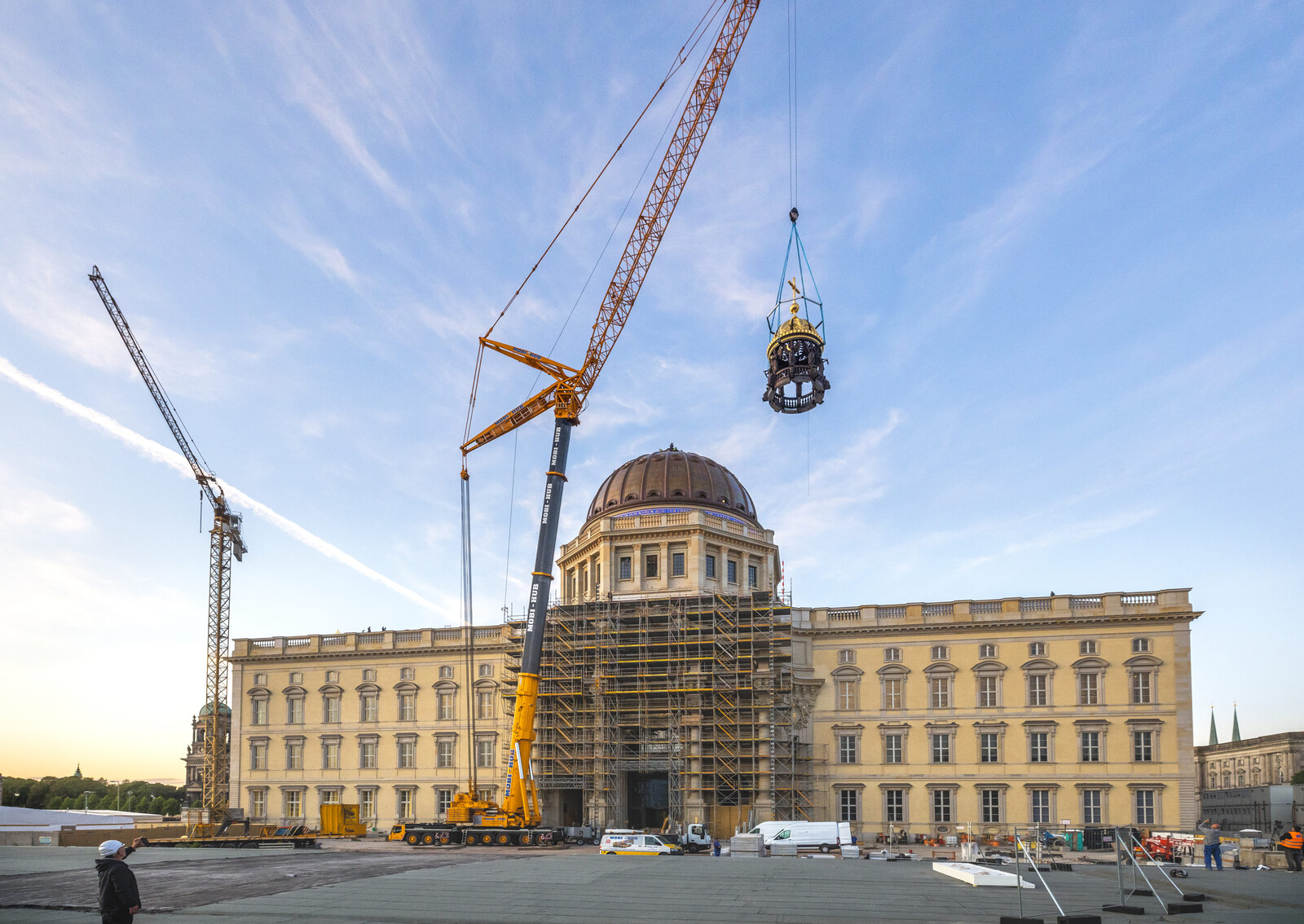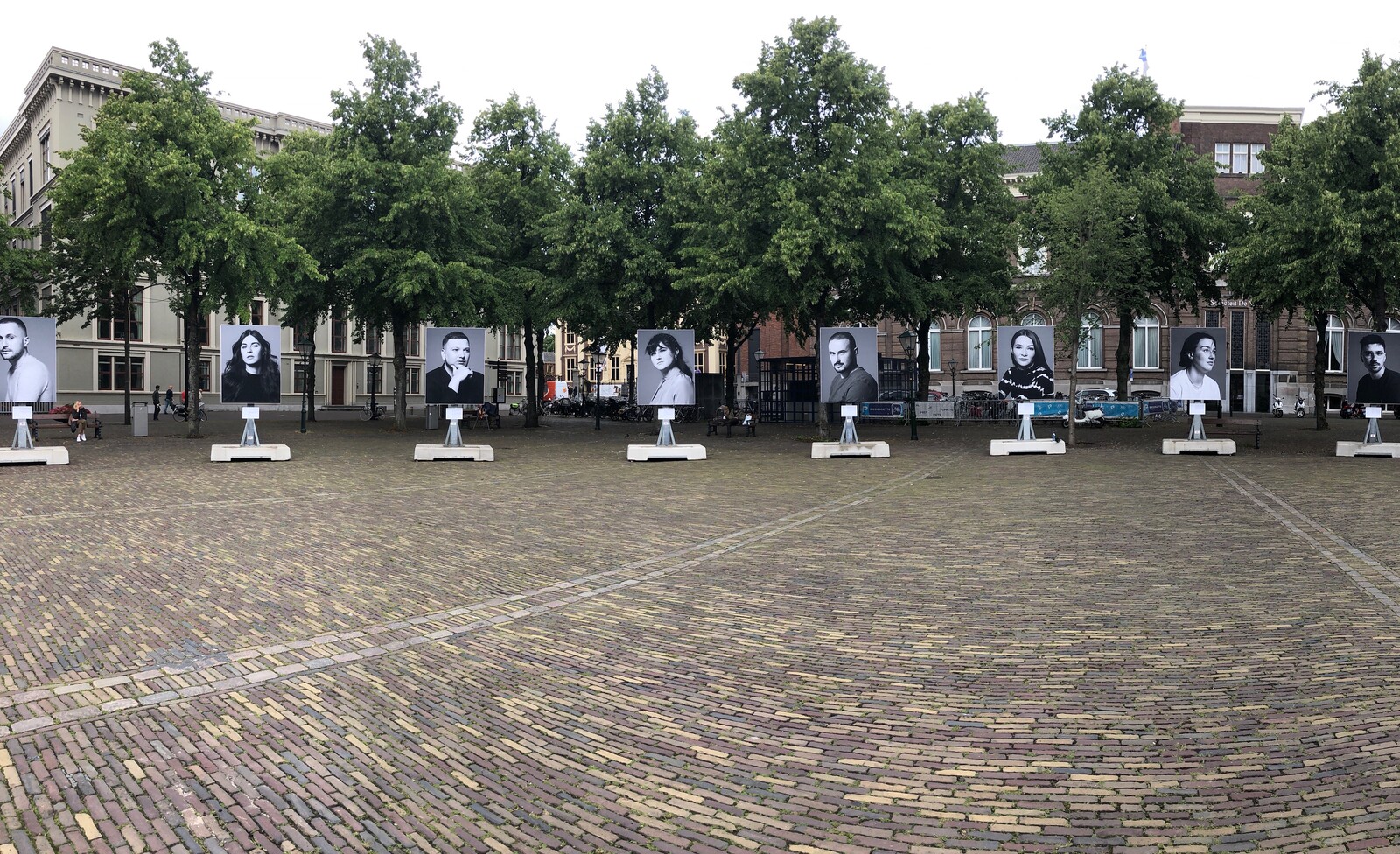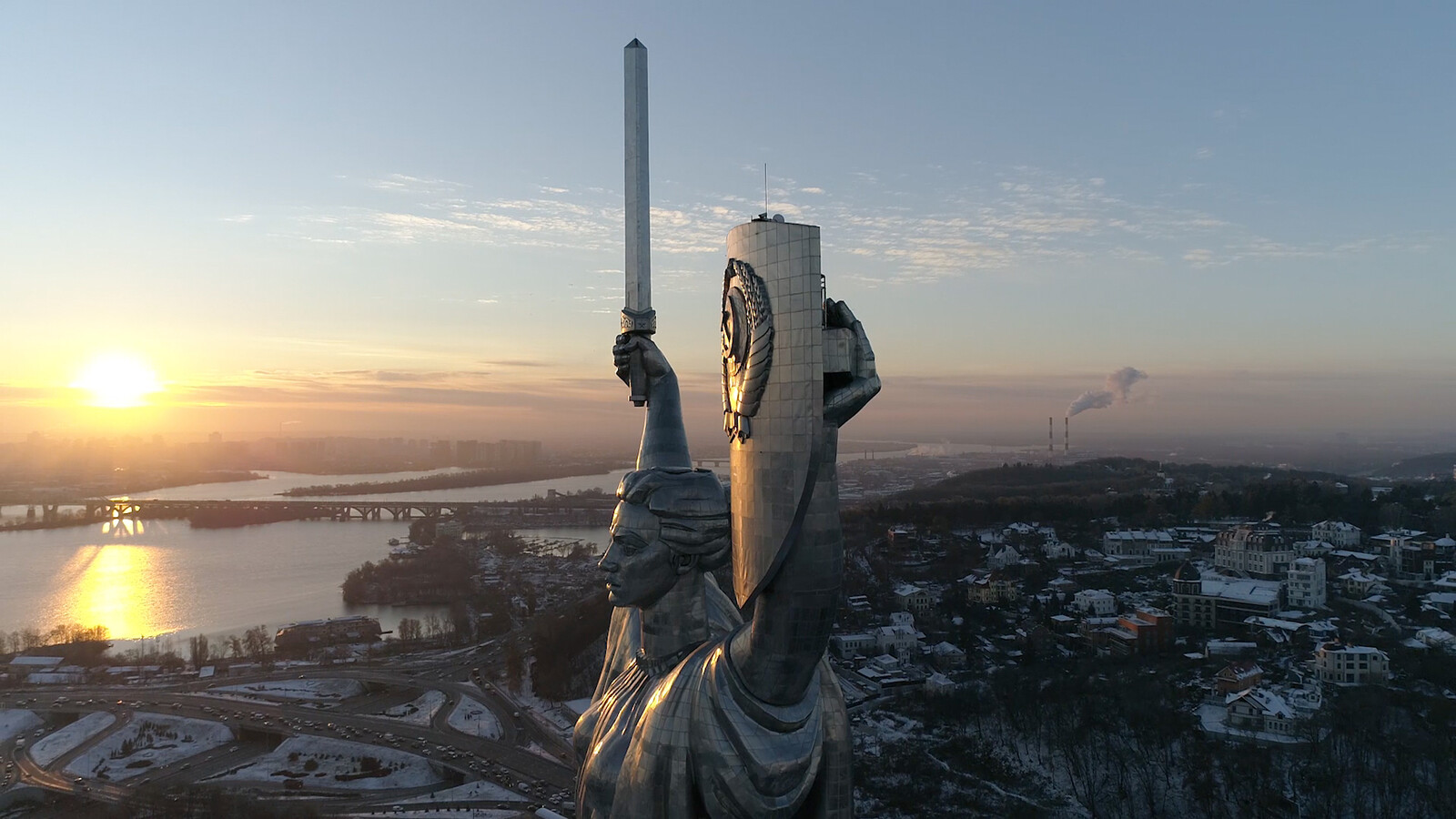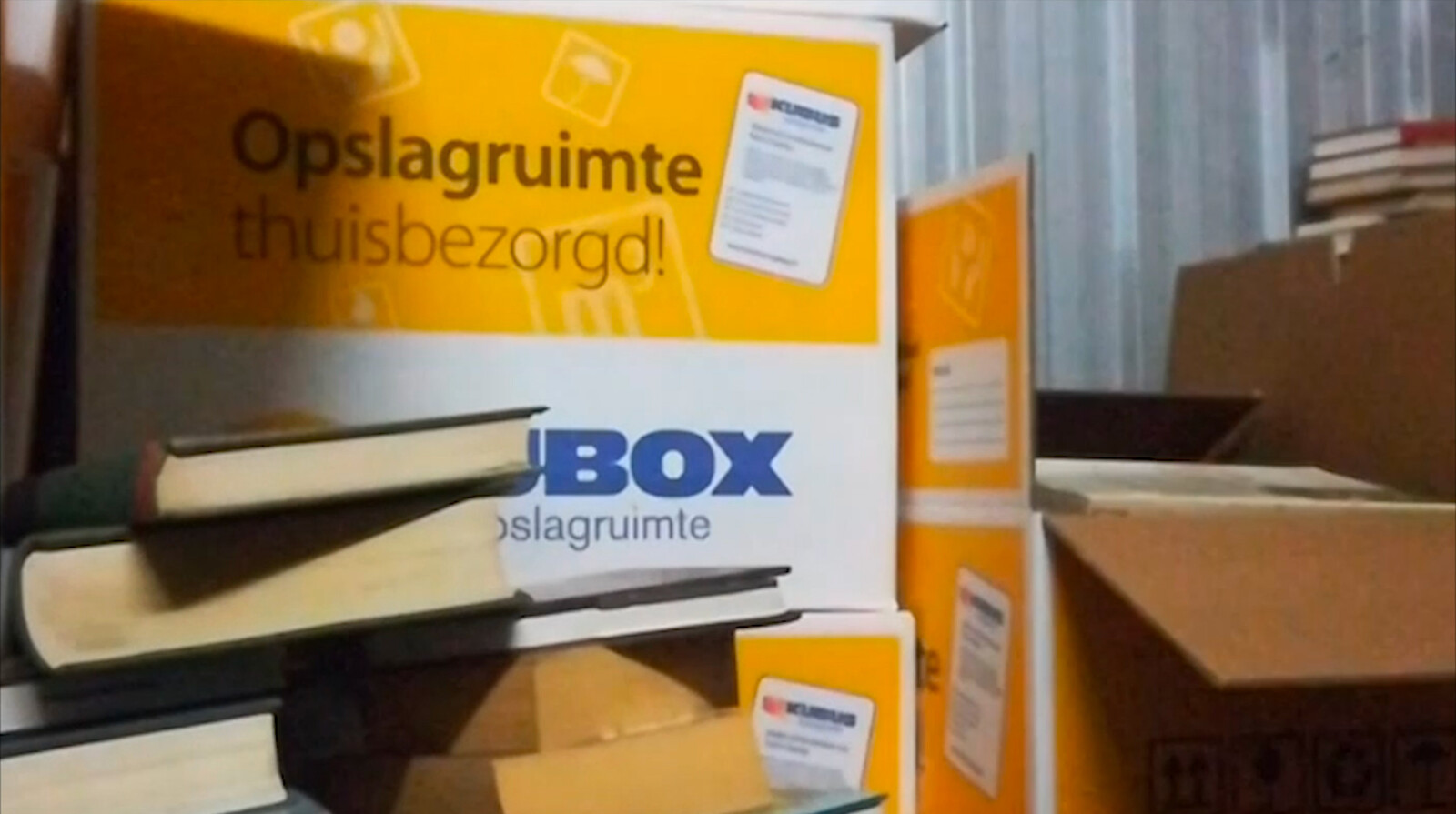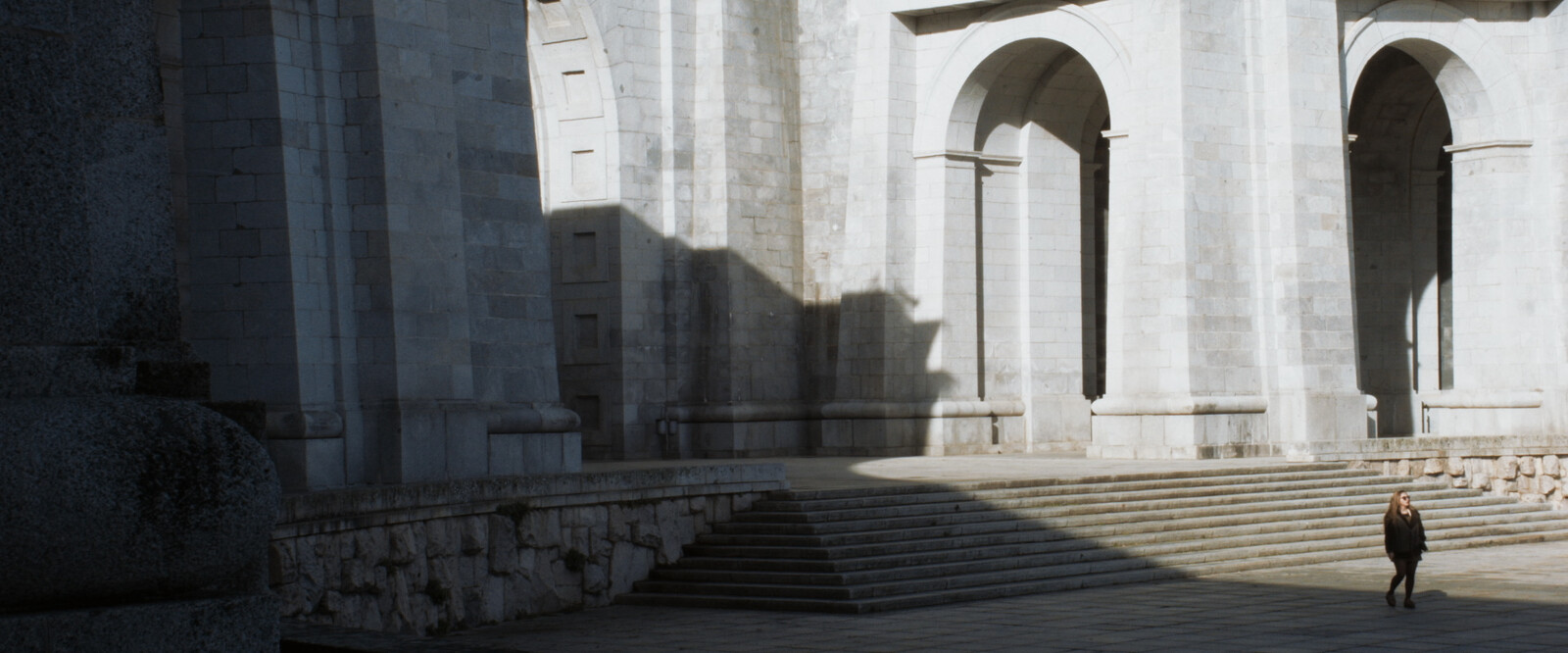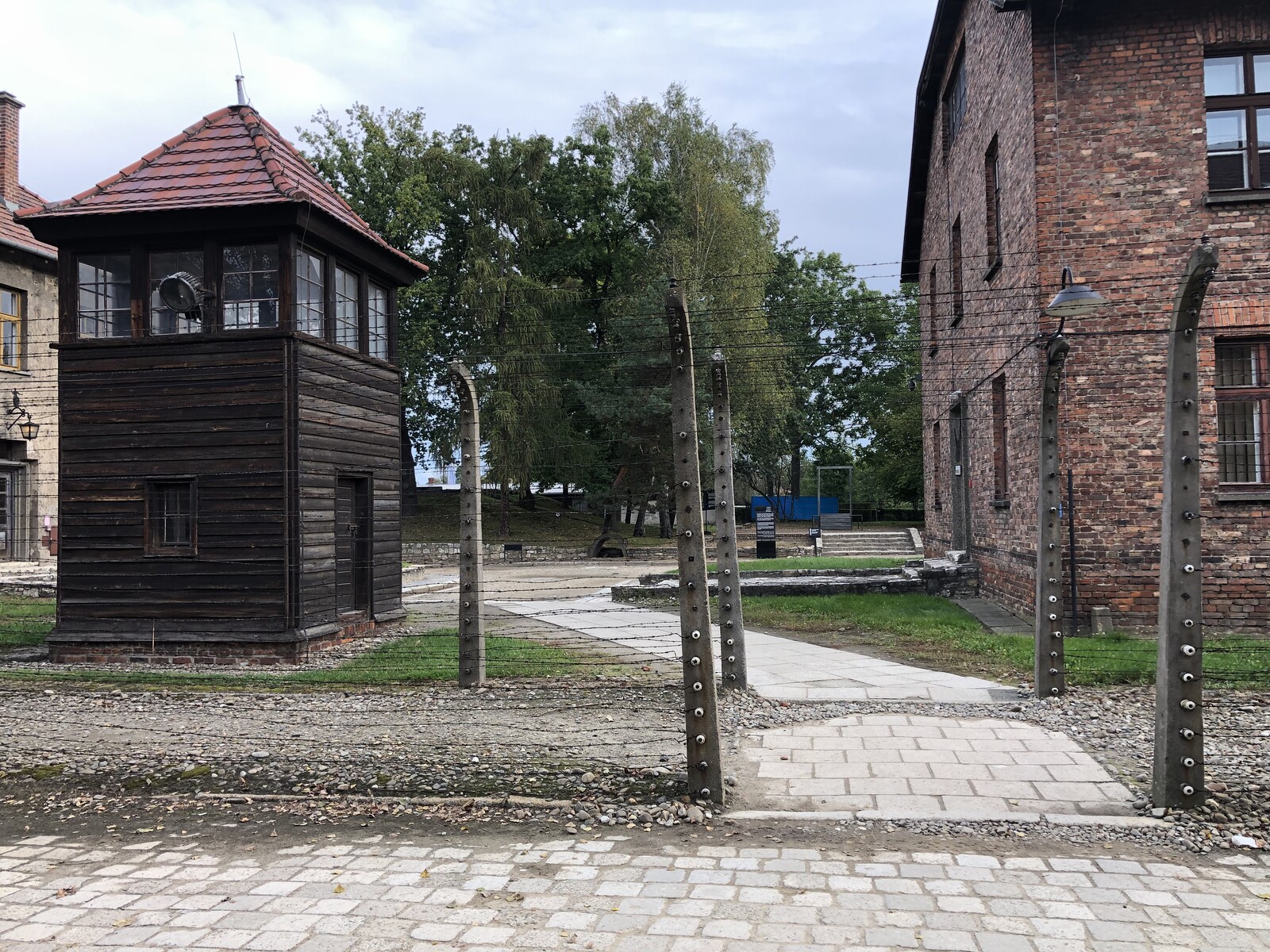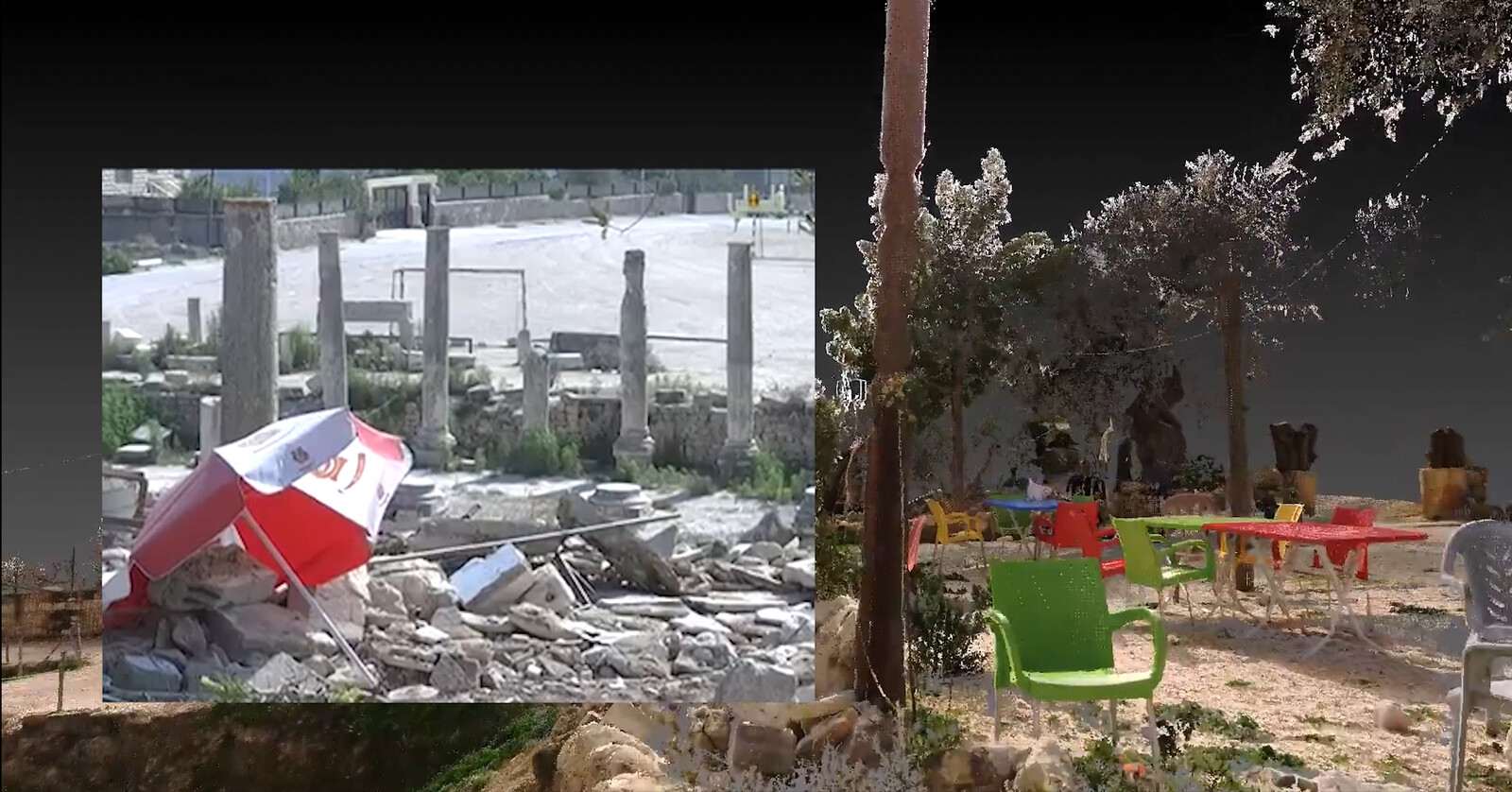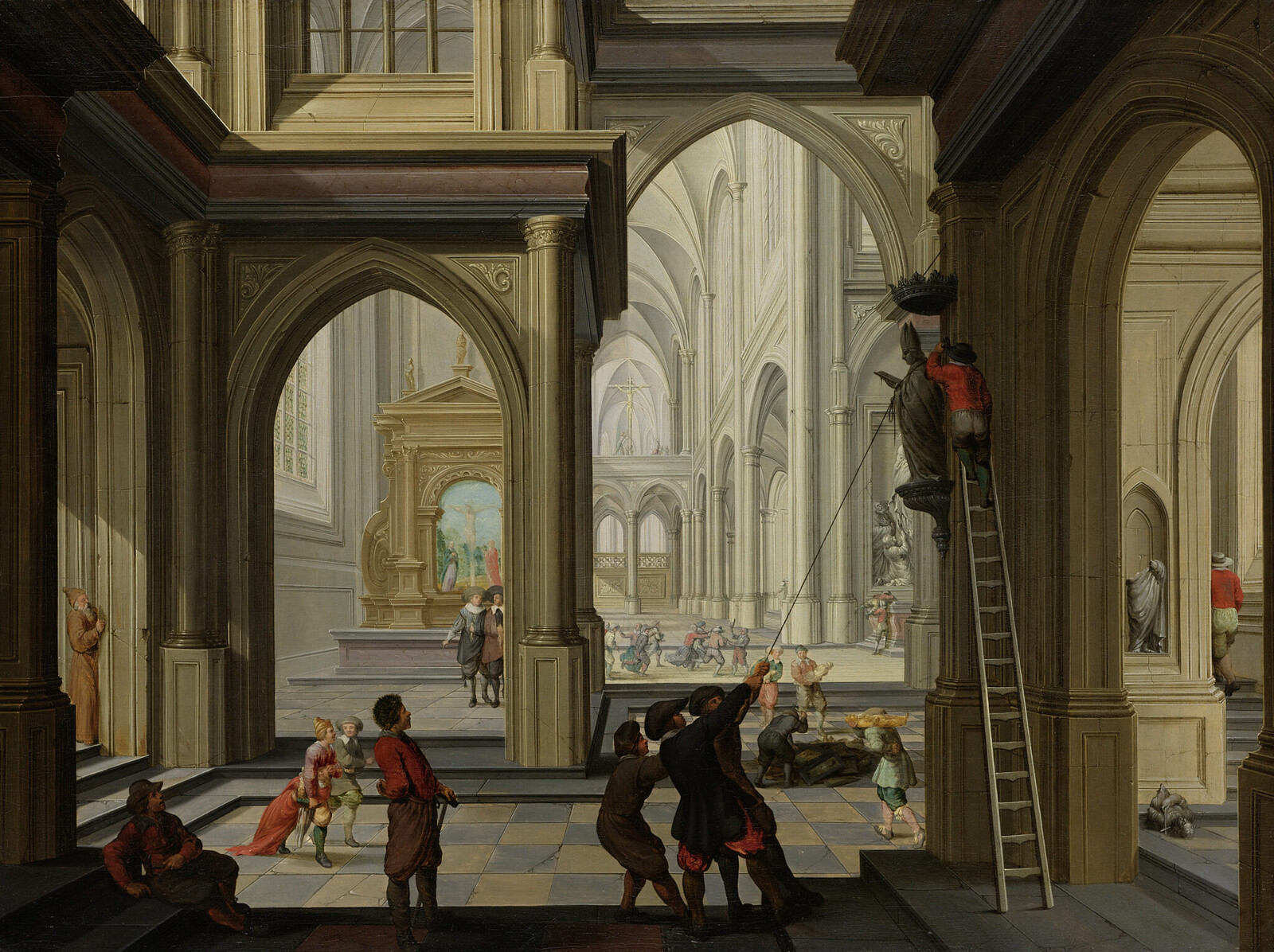El Valle de los Caídos, sixty kilometers outside of Madrid, houses a colossal basilica and an eighty-meter-high cross that towers over the highway. The complex was commissioned by Francisco Franco’s fascist government to commemorate the twentieth anniversary of his victory over democracy. It is potentially the largest mass grave in the world, containing 33,800 bodies from 491 graves from all over the Spanish geography. Buried together with the dead fighters of Franco’s army, there are an unknown number of victims of enforced disappearance. Forty-five years have passed since the death of dictator Francisco Franco, yet no studies of the building’s ossuaries have been carried out. While it is known that there are 12,669 unidentified bodies interred on the site, it is impossible to confidently state the number of Franco’s victims inhumated there. The fact that we do not know the number of missing persons buried in El Valle de los Caídos is in itself a testament to the nature of the crime of enforced disappearance.
A little over a decade ago, a group of bereaved relatives discovered to their surprise that their missing dead were potentially buried next to Francisco Franco in El Valle de los Caídos. In their quest to exhume their loved ones, the bereaved relatives have encountered every form of systemic violence imaginable: from national to European courts, from newspapers to media rooms, challenging state institutions and the abbey of Benedictine monks that oversee the anti-monument.
Monument is a collaboration between e-flux Architecture and Het Nieuwe Instituut.



